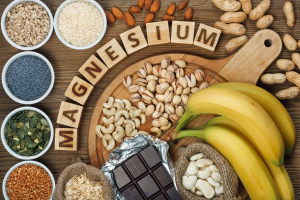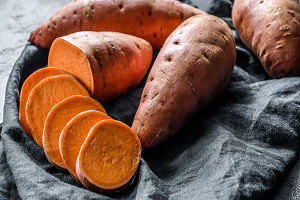

Every year, World Pulses Day is observed to recognise the importance of pulses as a global food. On December 20, 2013, the United Nations General Assembly passed a resolution, designating 2016 as the International Year of Pulses. This year’s celebration brought attention to the environmental and nutritional benefits of pulses as a component of sustainable food production. The United Nations General Assembly declared February 10 as World Pulses Day in 2019.
Choosing Pulses as a Plant-Based Protein Source
Vegans and vegetarians don’t have to limit themselves to soya or dairy products when it comes to protein. Pulses are rich in protein. On the occasion of International Pulses Day, we thought why not educate people about the difference between pulses, legumes, and beans.
Difference Between Legumes, Pulses, & Beans
Let’s understand the three in detail in order to learn the difference between them:
1. Legumes
Leguminosae (Fabaceae) is the botanical family that includes all sorts of beans and peas. Beans, peas, and pulses are all legumes and there are thousands of types produced all over the world. The most common legumes examples include:
- Fresh and dry beans
- Soybeans
- Fresh & dry peas
- Chickpeas
- Lentils
- Peanuts
Legumes come in a variety of forms. All these types of legumes are naturally low in fat and cholesterol and high in fibre and protein. They are also high in magnesium, potassium, iron, and folate, which are important vitamins and minerals for a variety of bodily functions like cell growth and production, immunity, and bone building.
2. Pulses
What differentiates legumes and pulses? Pulses are dried legume plant seeds. Not all legumes are pulses. The types of pulses food are:
- Dry peas
- Dry beans
- Chickpeas
- Lentils
Pulses come in hundreds of varieties. Pulses are rich source of protein and have around 2-3 times the protein per serving as cereal grains, including oats, rice, wheat, and barley. Half of your daily fibre needs are met in one cup of cooked lentils. Pulses are good source of fibre too. They can help with digestion, intestinal health, and motility. Women should aim for 25 grams of fiber per day, while men should aim for 38 grams.
3. Beans
The terms beans and legumes are frequently used interchangeably. Despite the fact that beans are legumes, there are some legumes that cannot be classified as beans. Beans are a type of pulse as well. The following are some of the most common types of beans:
- Mung beans
- Kidney beans
- Black eyed peas
- Black beans
According to research, the consumption of beans benefits you by reducing the risk of heart disease and certain types of cancer, supporting weight control, lowering blood pressure, and helping manage diabetes.
Conclusion
When you look at the big picture, the distinction between pulses and legumes is actually quite simple. Remember that legumes are at the top of the food chain and pulses are a category of legumes. Beans, on the other hand, are classified as both pulses and legumes.
How would you like to incorporate above-mentioned legumes, beans, or pulses into your meal? Feel free to share with us in the comments section below.
Frequently Asked Questions About pulses
Q2. How many types of legumes are there?
There are six different types of legumes. These include soybeans, chickpeas, peanuts, lentils, fresh and dry peas, and fresh and dry beans.
Q3. Are beans considered as legumes?
Legumes can be defined as the type of healthy foods that have low fat content, and high fibre, potassium, magnesium, iron and folate content. The types of legumes consist of all three – beans, peas, and pulses.




